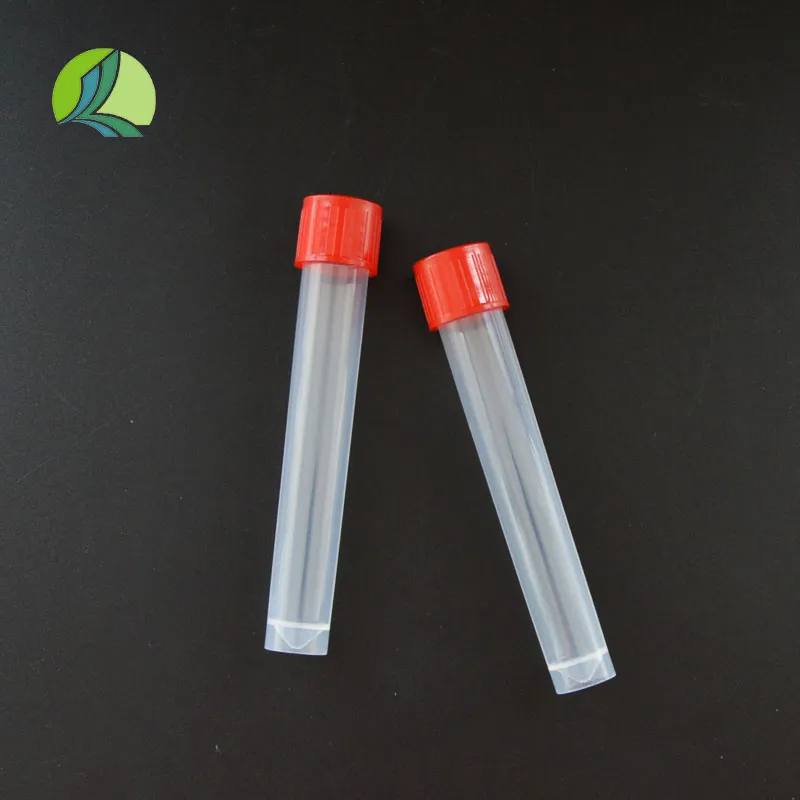
-
 Afrikaans
Afrikaans -
 Albanian
Albanian -
 Amharic
Amharic -
 Arabic
Arabic -
 Armenian
Armenian -
 Azerbaijani
Azerbaijani -
 Basque
Basque -
 Belarusian
Belarusian -
 Bengali
Bengali -
 Bosnian
Bosnian -
 Bulgarian
Bulgarian -
 Catalan
Catalan -
 Cebuano
Cebuano -
 Corsican
Corsican -
 Croatian
Croatian -
 Czech
Czech -
 Danish
Danish -
 Dutch
Dutch -
 English
English -
 Esperanto
Esperanto -
 Estonian
Estonian -
 Finnish
Finnish -
 French
French -
 Frisian
Frisian -
 Galician
Galician -
 Georgian
Georgian -
 German
German -
 Greek
Greek -
 Gujarati
Gujarati -
 Haitian Creole
Haitian Creole -
 hausa
hausa -
 hawaiian
hawaiian -
 Hebrew
Hebrew -
 Hindi
Hindi -
 Miao
Miao -
 Hungarian
Hungarian -
 Icelandic
Icelandic -
 igbo
igbo -
 Indonesian
Indonesian -
 irish
irish -
 Italian
Italian -
 Japanese
Japanese -
 Javanese
Javanese -
 Kannada
Kannada -
 kazakh
kazakh -
 Khmer
Khmer -
 Rwandese
Rwandese -
 Korean
Korean -
 Kurdish
Kurdish -
 Kyrgyz
Kyrgyz -
 Lao
Lao -
 Latin
Latin -
 Latvian
Latvian -
 Lithuanian
Lithuanian -
 Luxembourgish
Luxembourgish -
 Macedonian
Macedonian -
 Malgashi
Malgashi -
 Malay
Malay -
 Malayalam
Malayalam -
 Maltese
Maltese -
 Maori
Maori -
 Marathi
Marathi -
 Mongolian
Mongolian -
 Myanmar
Myanmar -
 Nepali
Nepali -
 Norwegian
Norwegian -
 Norwegian
Norwegian -
 Occitan
Occitan -
 Pashto
Pashto -
 Persian
Persian -
 Polish
Polish -
 Portuguese
Portuguese -
 Punjabi
Punjabi -
 Romanian
Romanian -
 Russian
Russian -
 Samoan
Samoan -
 Scottish Gaelic
Scottish Gaelic -
 Serbian
Serbian -
 Sesotho
Sesotho -
 Shona
Shona -
 Sindhi
Sindhi -
 Sinhala
Sinhala -
 Slovak
Slovak -
 Slovenian
Slovenian -
 Somali
Somali -
 Spanish
Spanish -
 Sundanese
Sundanese -
 Swahili
Swahili -
 Swedish
Swedish -
 Tagalog
Tagalog -
 Tajik
Tajik -
 Tamil
Tamil -
 Tatar
Tatar -
 Telugu
Telugu -
 Thai
Thai -
 Turkish
Turkish -
 Turkmen
Turkmen -
 Ukrainian
Ukrainian -
 Urdu
Urdu -
 Uighur
Uighur -
 Uzbek
Uzbek -
 Vietnamese
Vietnamese -
 Welsh
Welsh -
 Bantu
Bantu -
 Yiddish
Yiddish -
 Yoruba
Yoruba -
 Zulu
Zulu
Design and Functionality of Plasma Separator Tubes in Laboratory Applications
The Importance of Plasma Separator Tubes in Medical Diagnostics
In the realm of medical diagnostics, the significance of accurate blood analysis cannot be overstated. One of the tools that have revolutionized this field is the plasma separator tube. These specialized tubes play a crucial role in the separation of plasma from blood cells, facilitating a broad range of tests that can provide vital information about a patient's health. Understanding the functionality, types, and applications of plasma separator tubes is essential for medical professionals and laboratory technicians alike.
Understanding Plasma Separator Tubes
Plasma separator tubes are designed to collect and separate plasma from whole blood samples. The key component of these tubes is a gel separator that forms a barrier between the plasma and the cellular components of the blood after centrifugation. When a blood sample is spun in a centrifuge, the denser blood cells settle at the bottom, while the lighter plasma rises to the top. The gel barrier solidifies during this process, ensuring that the two components remain separated, thus allowing for easy collection of plasma for analysis without the risk of contamination.
Types of Plasma Separator Tubes
There are various types of plasma separator tubes available, and they are generally categorized based on the additive present and their intended use. Common variations include
1. Gel Separator Tubes These tubes contain a separation gel, which forms a physical barrier during centrifugation. They are widely used for biochemical tests requiring serum or plasma analysis.
2. Lithium Heparin Tubes These tubes contain lithium heparin as an anticoagulant, which helps to keep the blood from clotting. They are particularly useful for tests that require plasma, such as electrolyte analysis and enzymatic assays.
plasma separator tube

3. EDTA Tubes Ethylenediaminetetraacetic acid (EDTA) is another anticoagulant, primarily used in hematological studies, as it preserves the cellular components of blood samples well for complete blood counts and other tests.
Applications in Medical Diagnostics
The application of plasma separator tubes is extensive within medical diagnostics. They are not only crucial for routine assays but also in specialized fields such as toxicology, hormone level testing, and molecular biology. For instance, plasma samples can be analyzed for the presence of various biomarkers that indicate conditions like diabetes, liver disease, and cardiovascular issues.
Moreover, the use of plasma separator tubes has enabled advancements in personalized medicine. By analyzing plasma samples, healthcare providers can tailor treatments to the specific needs of a patient, monitor therapeutic effectiveness, and make informed decisions regarding medication adjustments.
Best Practices for Using Plasma Separator Tubes
To ensure the highest quality of results from plasma separator tubes, it is important to follow best practices. This includes proper blood collection techniques, appropriate storage conditions, and timely centrifugation. Incorrect handling can lead to hemolysis, contamination, or inaccurate results, undermining the reliability of diagnostic testing.
Conclusion
In conclusion, plasma separator tubes are an integral part of modern medical diagnostics, facilitating efficient blood analysis and personalized patient care. As technology continues to evolve, innovations in the design and functionality of these tubes will likely enhance their applicability and precision further. For medical professionals and laboratory technicians, an understanding of plasma separator tubes is essential for delivering accurate results, ultimately improving patient outcomes. Making informed choices in the selection and use of these tubes can be pivotal in the journey of diagnosing and treating various health conditions.
-
PTFE Centrifuge Tubes - Chemical Resistant, Leak-proof, Ideal for Laboratory UseNewsJul.05,2025
-
Premium Metal Dropper Bottle for Precise Dispensing 250ml & 1ml Options AvailableNewsJul.04,2025
-
20 ml Headspace Vials - High Quality Polyethylene & Plastic Vials for Lab UseNewsJul.04,2025
-
Small Bottle with Pipette - Precise Dispensing 100ml Pipette Bottles for Essential Oils & Lab UseNewsJun.24,2025
-
Acetic Anhydride Bottle for Accurate Dropper Measurement in Pharmacy Use High-Quality Dropper BottlesNewsJun.10,2025
-
Innovative PET Bottle Design for Juice – Unique Shapes & Customization OptionsNewsJun.10,2025






















